The challenge
Yesterday I experimented something new. I was lined-up to co-facilitate an organizational workshop using paper and Post-it when the facilitators organizing it came up to me the day before saying that they wanted to use Lego bricks in the workshop. My brain immediately said “Uh-oh!” as usually when people ask me to use Lego bricks for a workshop; they don’t mean using the Lego Serious Play method.
I needed some clarification: “what do you want to do with Lego bricks?” Basically, we didn’t have time to train the participants in skills building so LSP was out of the question. They wanted a different way for each of the 3 groups to share the result of their work. One group was supposed to produce a puzzle, one had a graphics facilitator scribing and for my group, they wanted me to do simultaneous translation of the conversation into Lego bricks, something I’d like to call Lego scribing. The purpose was to capture the essence of the discussions.
I started thinking about it and whether this made any sense but before I could get anywhere, they threw the gauntlet at me saying that I am always taking them out of their zone of comfort and that now was my turn. Deal!
My task during the workshop was to listen to what was being said and simultaneously build a Lego model. I built metaphors to help capture the story of the conversation. As with many passionate and animated conversations, there was a fair deal of debating so I would capture only what the group agreed to. This often meant building something and then adapting or deconstructing it as the discussion evolved.
Once that sequence of the workshop was finished, we had on the table a base plate with a few smaller attachments telling a story. It so happened that the facilitator had structured the conversation around five main concepts (Principles / Management / Processes / Resources / Customers) so that made it easier for me to tell a story. The team was very impressed with the end result and found that it brought their conversation to life. They were surprised that so much information could be captured in a few bricks.
The nagging question
The question that bugged me was: “does this make any sense at all?” All three groups then had to share the results of their work. As expected, in my group, I was the only person capable of sharing the entire model. Some people could share parts, but they hadn’t built it so didn’t get all of the detail.
When all groups gave feedback, I noticed a few things:
- The group that had built a puzzle rambled on like you do when you have a sheet of paper and post-it, it was linear and simply restating what was written on the page.
- The group that had had visual facilitation seem to struggle as much as my group to give the whole story so the facilitator ended up filling in the detail.
- At least when I told the story, everybody was listening, which wasn’t the case for all other groups.
As far as I am concerned, this isn’t really a scientific study about the benefits of Lego scribing. It sure drew attention, people listened, and my group was more pleased with the deliverable than the other groups. In terms of information retention, all methods were pretty low, but I guess the Lego scribing ranged slightly higher. It is obvious that appropriation is much higher when group members are participants in a Lego Serious Play process.
Is there a future for Lego scribing?
Could this be a fun way of reporting back when you don’t have time to run the entire process?
I think so. Telling a story is always more powerful than running through a sheet of paper reading statements. I would equal Lego scribing to visual facilitation with a novelty twist that commands attention.
In doing this exercise, I found that to be effective, I would have needed to set-up my Lego trays and boxes differently. I had to make do with whatever bricks were on hand as sifting through the box was noisy and covered the discussion (I don’t know if I should see a therapist for this, but I actually know by heart what bricks there are was looking for a specific brick…). Everything needed to be laid out flat as in order to keep up with the discussion, I didn’t want to be looking for bricks.
I made simple metaphors and enriched or simplified them as the discussion evolved. I found Lego to be particularly easy as a medium to make evolve as points of view change (I’ll willingly admit that I’m a budding visual facilitator and probably not as skilled in getting my symbols to translate as well the discussion I hear).
This time, I used many more minifigures, hats and accessories than usual. I don’t know whether it was the topic or the speed at which I could rapidly capture the message. Bricks came to give context to the minifigure.
It was easy to build a story on a large baseplate and add bits on smaller baseplates as and when. Once I knew how the metaphor built on the smaller plate fitted in with the big picture, it was quick and easy to attach the plate to the main one or to add the model to the main plate.
At the end of my scribing, I ran through the story and “cleaned” the board up to make it visually more pleasing.
I’d be curious to know if anybody else has played with this concept and was learning you may have extracted from it. Would you think Lego scribing has a future? Have you found it effective as a scribing or note taking activity? What level of attention and information retention have you experienced?
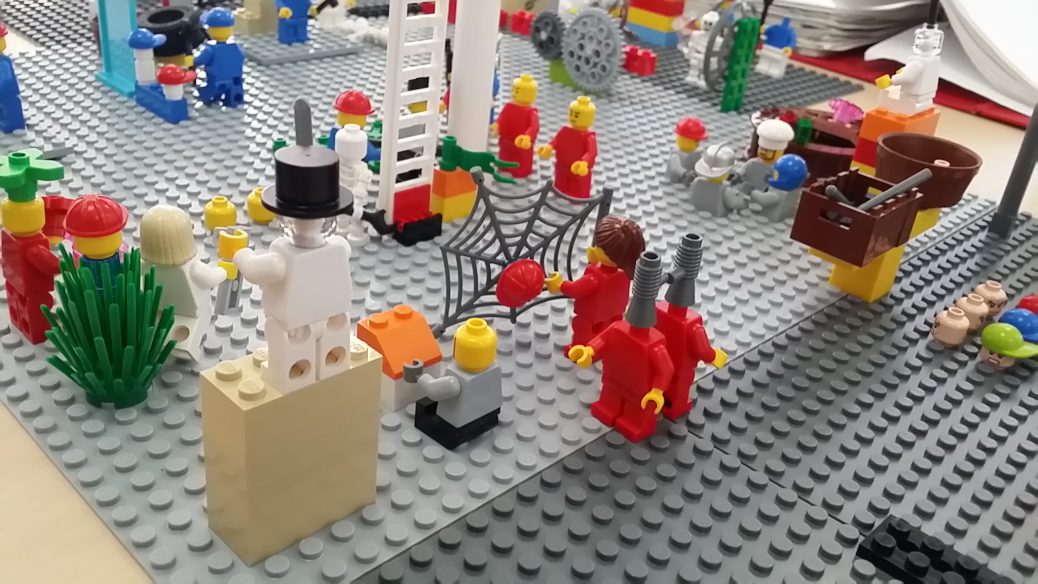
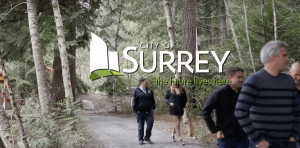
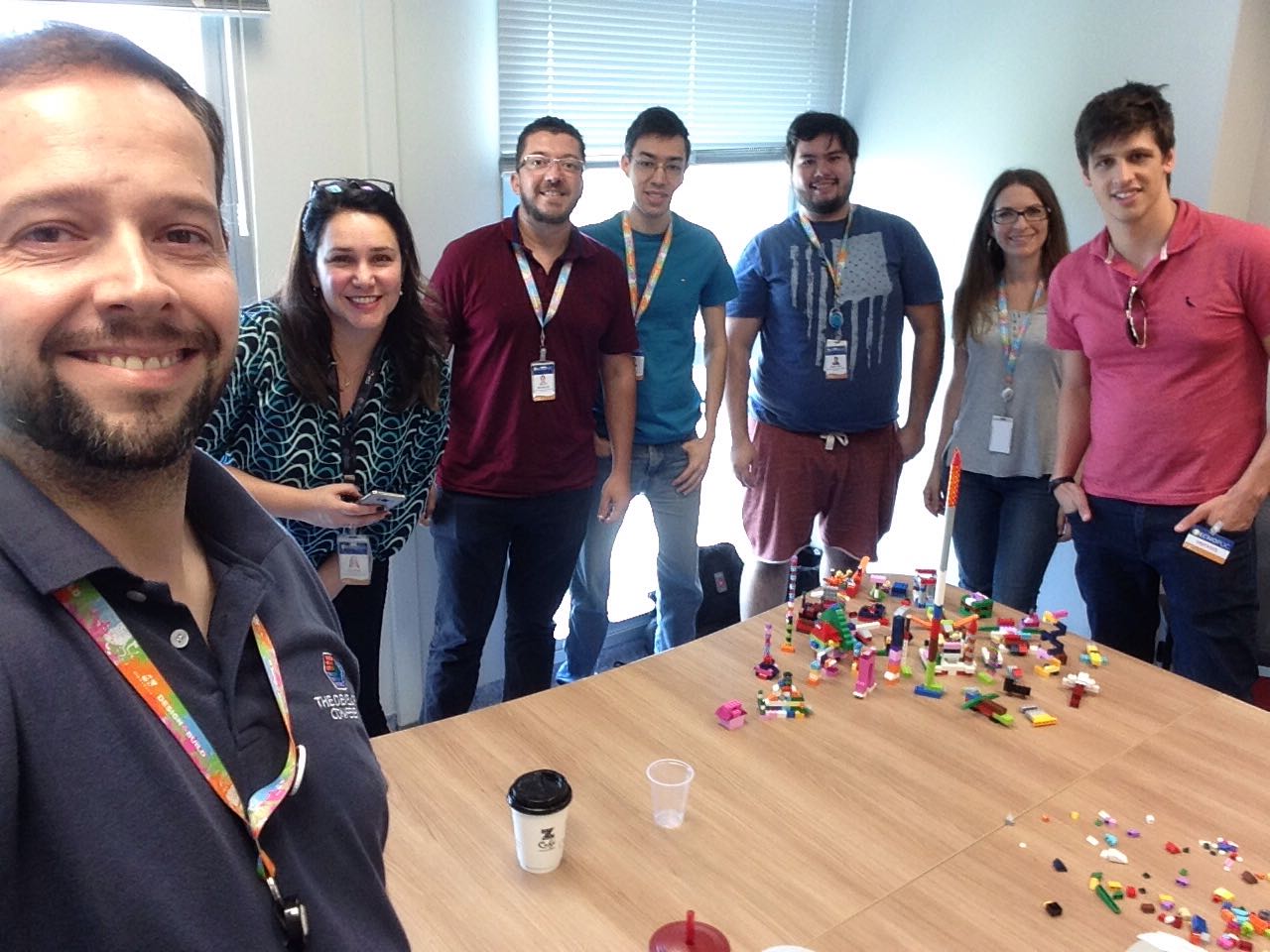

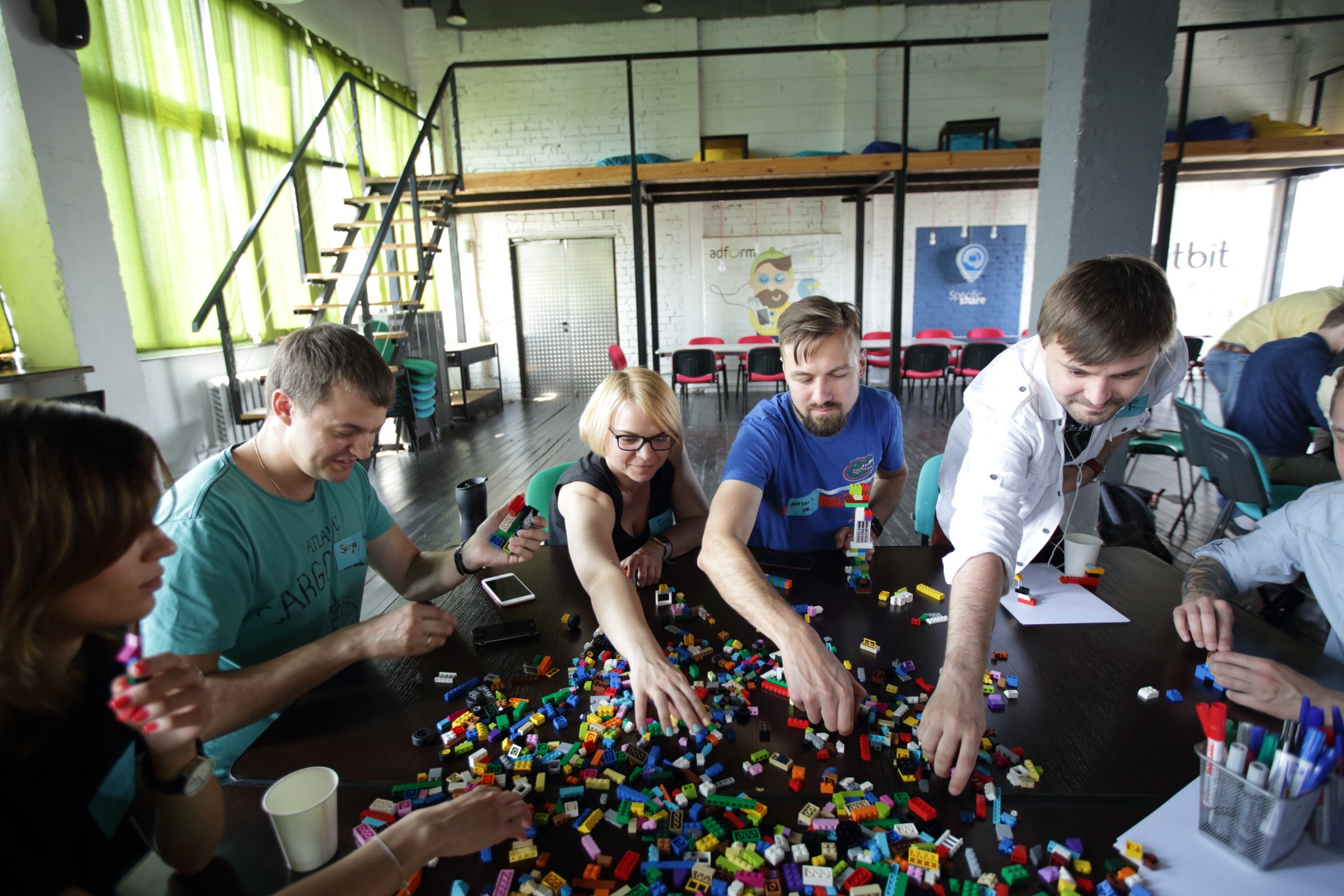

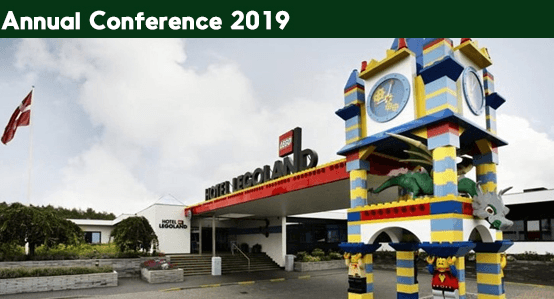
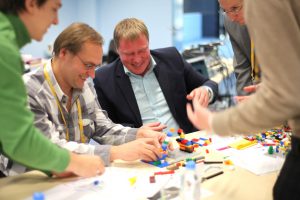


 Become a LEGO Serious Play facilitator - check one of the upcoming training events!
Become a LEGO Serious Play facilitator - check one of the upcoming training events!
Mark, this is an interesting concept, and you may have gotten to it more quickly than I have been able to! I am a graphic facilitator primarily, and just received my certification in Lego® Serious Play®, so I believe I now can straddle and combine the two effectively (or so I hope!).
Let me speak from the Graphic Facilitator’s side, and my personal belief of best practices in graphic facilitation: If the group cannot tell a clear story from the visuals created through the facilitation process, I would say that the facilitator did not do their job well. The group should have ownership of the story, and I often spend more time getting individuals to take over the storytelling (mostly verbally) to each other while quietly graphically recording, and then asking them to review the visual on the spot, both to “get it right” and to make it theirs, not mine. I think you can see where I’m going with this; it’s very close to the building a model and then telling the story behind it, and this is probably what drew me into LSP.
There are many visual templates for graphic facilitation (particularly offerings from The Grove and ones sold by Neuland designed by Kommunikationslotsen). Both of these sets come from long-estabished practices in graphic facilitation and training available to get the most out of them.
From my own experience, I would say that I do not (yet) have the skill level you do at knowing all of the parts, pieces and construction experience to create the iconography or visual representations that everyone could quickly recognize and tell a common story. For graphic recording and facilitation (two different skills), I’m confident that I can do that, either through diagramming or from my training in cartooning and storyboarding.
So, you are definitely on to something, and the only thing I would add is something I’ve done also; pull out your video camera (you can use the one in your iPhone or whatever brand of handheld phone you like) and video the storytelling to create a video summary that captures the sequence. It’s a completely compelling executive summary, and also allows you to show the many angles and relationships between the parts of the model that a single photo doesn’t do so well. (I’m also experimenting with filming in 3D and in 360-degree video!).
Great stuff, keep us posted, and I’ll get some sorting trays and start learning my parts better, in case I get asked to put down my markers and build instead.
Dean
Dean,
Thank you for your comment. Something I thought you had said (but haven’t upon reredaing your message) sparked some further thoughts.
I remember being told that in graphic facilitation, if you draw 10% of the object, then the brain fills in the rest. I seem to recall doing random shapes and putting a bird’s beak on them and immediately the brain says “bird”. Graphic facilitation seems to be, each with one’s own style, to be able to draw universal pictograms that people can use to connect with the topic at hand: for example, for objectives, peoples often draw a target.
I was wondering how much of that was relevant to the model I built. Were my metaphros universal or more personal? Upon reflection, I think it was a mix:
– Some were linked to my colleagues experience (I had a block with a red, yellow, orange and blue 6×2 and that was the colours of the folders used. Red was for management, orange logistics, etc.)
– Some were universal (I had a manager minifigure stand under Damocles’ sword)
– Some were very personal (mostly in the “how the heck am I going to represent that?” mode)
I think the latter were the most difficult for them to remember.
I also remember that I had established some kind of a code to make it easier to remember: all managers were (linked to the colour of the folder that I mentioned earlier) except for the top manager that had a top hat (my hands thought of that one). I guess that some kind of “scribing vocabulary” or code or legend (as in to explain data series in a graph) is second best to universally agreed symbols.
All in all, I do see some close links to visual facilitation. I think the technique would need tweaking a bit more.
And yes, it was captured on video, this timle I didn’t have to ask, the participants suggested it as they wanted to keep a record of their achievement.
Dear Mark
It sounds like you have had an interesting challenge. The idea of LEGO scribing is engaging and sound like being a possible twist to get a vivid minute.
I agree it is not #Seriousplay but still engaging and with storytelling features that are useful.
In facilitation I believe that every twist where there is a product or a model that visualises the debate and outcome of the debate will be of use and inspiration.
Pernille
Hi Mark, it´s funny but i think something similar a few days ago co facilitating and event with a Graphic Facilitator”, we we´re trying to identify problems and solutions about the educative system in Argentina now and in a future scenario, then i see that the Graphic Facilitator start to have problems “drawing” abstract concepts and to establish links and relations between them, in that workshop we don´t use LEGO, but my experience as a LSP facilitator i think if there´s a possibility to use LEGO bricks to scrib in workshops like this one.
I think that the LSP methdology it´s a tool but the bricks itself are also so there´s a new whole scenario to explore, count with me to discuss this issue or maybe to think some kind of development.
Regards.
Giovanni.
This is really interesting Mark! I love the idea that we can be challenged by our clients the same way we challenge them :) I am not a fast drawer when I doodle or sketchnote so I think I would be more at ease in Lego scribing actually.